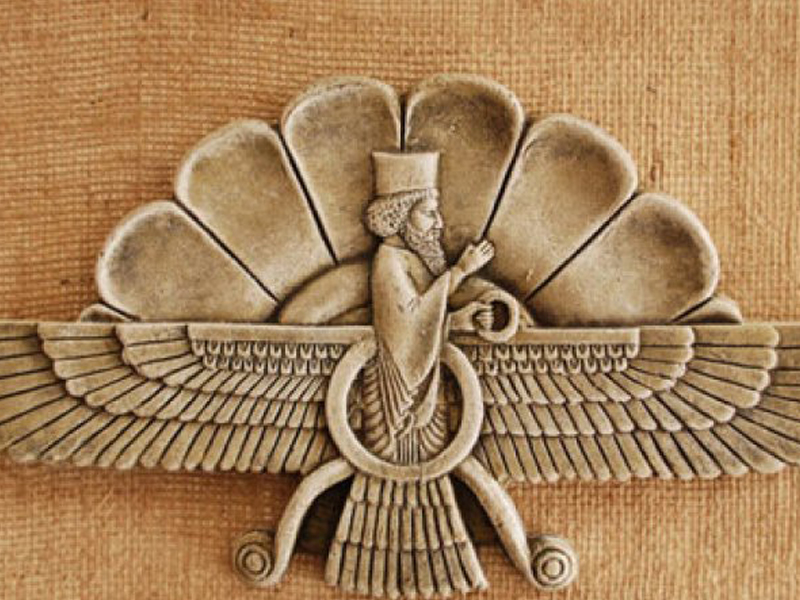



Attraction

Recreation

Archaeological research has linked Zoroastrian doctrine and its cult of fire and natural elements with religious conceptions of primitive Khorezmians. For example, the cult practices connected with the worship of the fertility-image Anakhita, as well as the worship of natural elements, and astral symbols. The dualistic conception of natural phenomenon, in which the same entity or entities (for example fire and water, or air and earth) can represent both good and evil, and the emergence of social classes with inherent conflicts, led to the appearance of dualistic religion, reflected first in cult ceremonies.
Zoroastrianism became the state religion of three great empires — the Akheminid, the Persian, and the Sasakhid, and its practice stretched for almost thirteen centuries, from the fourth century B.C. to the seventh century A.D. and dominated much of the Near East. Therefore, Zoroastrian doctrine can be considered to be the first world religion, and Zaratushtra to be one of the first oriental prophets. In the opinion of religion scholar Mary Bois, «The power and strength of Iran provided Zoroastrianism with significant prestige, and some of its most significant doctrines were borrowed by Judaism, Christianity and Islam. In the East, Zoroastrianism influenced the development of the northern variety of Buddhism. The tenets of this religion were “unique and significant. They gave its followers the possibility of a purposeful and enjoyable life.” These positive components, creatively borrowed by Christianity, and later by Islam, assisted them in becoming world religions.